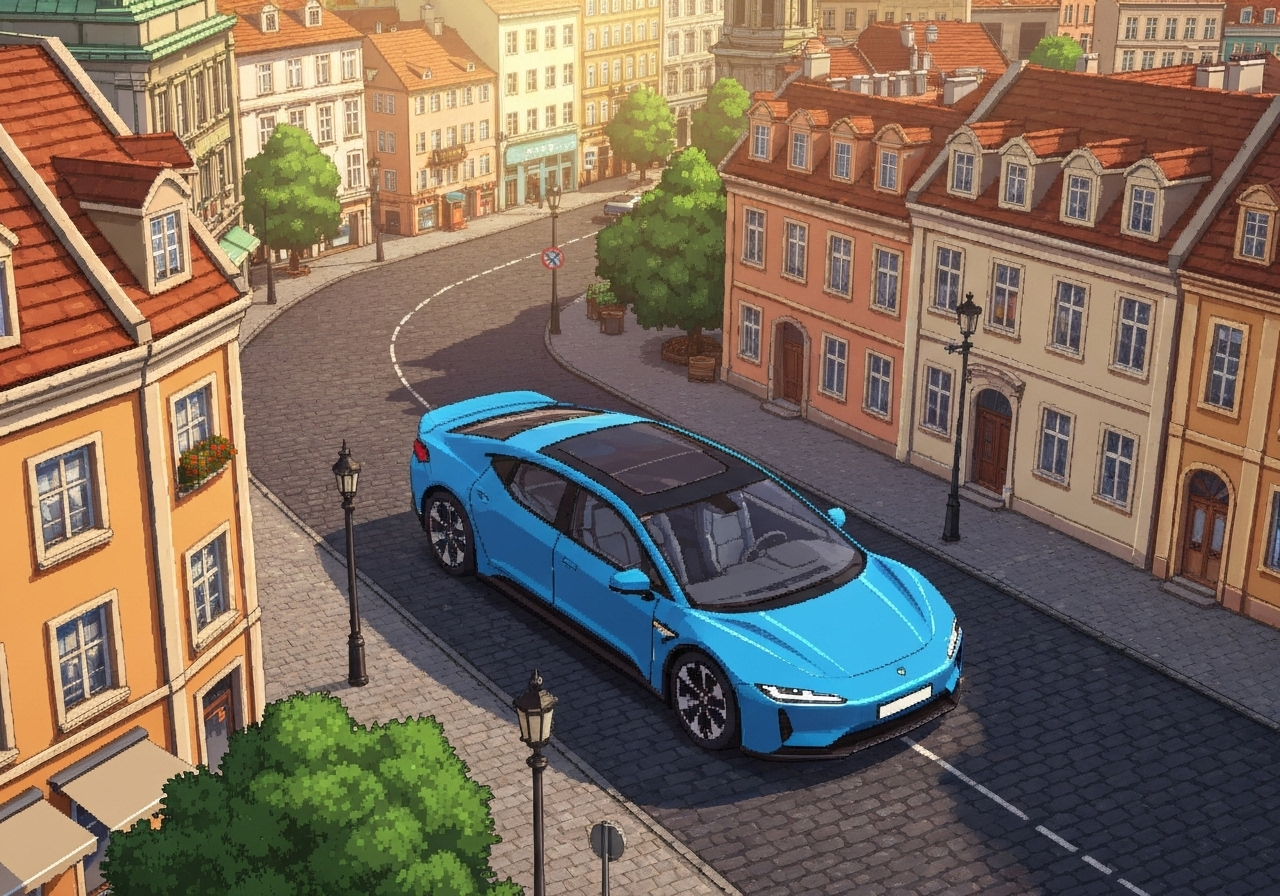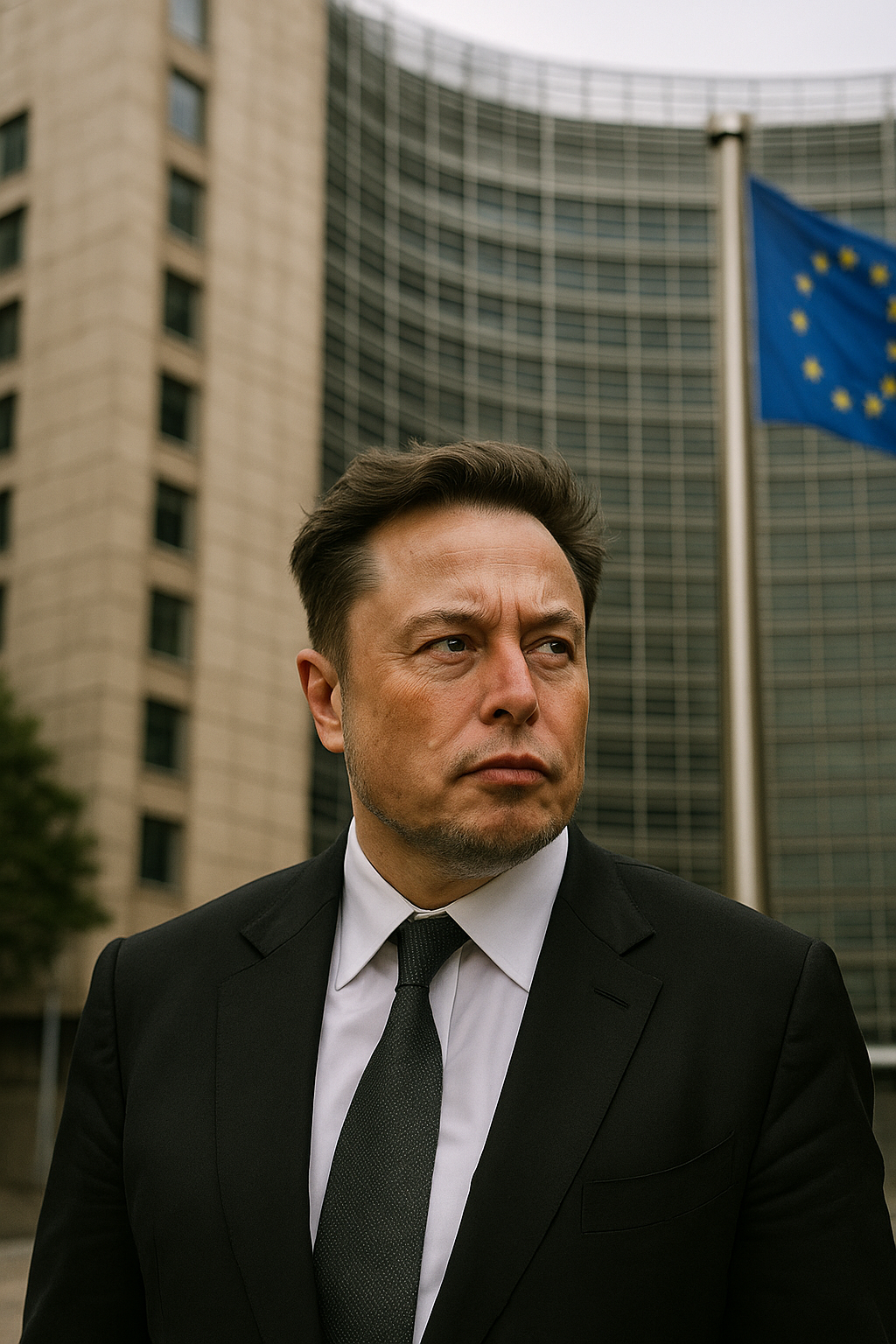Key Highlights
Here is a summary of the latest news on Xiaomi’s expansion plans:
- Xiaomi Auto has officially confirmed its strategic plan to enter the European market with its EV lineup, targeting a 2027 debut.
- The announcement was made by company president Lu Weibing during a recent earnings call, outlining the next phase for the EV business.
- The tech giant’s automotive division saw a massive 197.7% year-over-year increase in vehicle deliveries during the second quarter of 2025.
- Despite huge demand in its home market, CEO Lei Jun acknowledges significant production hurdles and long delivery wait times must be addressed.
- This move will place Xiaomi in direct competition with established and emerging players in the highly competitive European EV market.
Introduction
The electric vehicle world is set to change again. The Chinese tech giant Xiaomi, known for its consumer electronics, has shared the latest news. The company plans to bring its electric cars to Europe soon. Company executives have confirmed this move. It shows a big step for Xiaomi’s automotive division, which has already done well in its home market. Now, Xiaomi wants to grow and take its brand global. This reflects a new chapter for Xiaomi and brings a strong new competitor into the busy european ev market.
Xiaomi’s Strategic Move into the European EV Market
This is the first time that Xiaomi Auto has said it wants to grow outside of China. The company is now stepping into the European EV market. This move is a big moment for the brand. It shows how sure the company is about its EV business, which has grown very fast since it began.
Co-founder Lei Jun wants Xiaomi to be one of the top five car makers in the world. This jump into Europe is a major step to reach that goal. The move will make other EV companies, like Tesla and BYD, face more competition. Below, you can see the timeline and the reason for this step.
Official Timeline and Confirmation of the European Debut
Yes, Xiaomi has now shared that it wants to enter the European market. In a recent earnings call, the company’s president, Lu Weibing, said they plan to bring their electric vehicles there by 2027. There has been a lot of talk about this ever since the electric vehicles division started last year, but now there is a clear date.
Lu Weibing also said that the company is in the preparation stage right now. Xiaomi is doing research and setting things up at this time. They are learning about different rules, what people like, and how to build a good sales and service network. The company wants to get everything right before it starts in Europe.
Xiaomi’s second half numbers are looking good. Their electric vehicles division is on track to get quarterly profitability later this year. This is very good for a business that is still quite new. Having this stable money base should help Xiaomi go into Europe in a strong and steady way.
Reasons Behind Choosing Europe as the First Overseas Destination
The tech giant has decided to start its big international plans in Europe. President Lu Weibing says that even though Xiaomi EVs are new, people already know the Xiaomi name in overseas markets because of its popular consumer electronics. This helps the company get a good start.
The european market is also a strong financial choice. In the home market of China, the car business is much more competitive. In Europe, car companies can often ask for higher prices and get better gross margin. This makes Europe a good place for expansion.
There are some main reasons why Europe is the first step for Xiaomi in electric vehicles:
- Established Brand Awareness: The reputation from smartphones and other tech helps bring in customers.
- Higher Profit Potential: The company can sell cars for more than in the home market of China.
- Mature EV Ecosystem: Europe already has solid charging options and many people want electric vehicles.
This is why tech giant Xiaomi, with president lu weibing leading, chose the european market for their next move. Many people in overseas markets know their name, and the money made there can be better than at home. Electric vehicles will get a strong chance to grow.
Xiaomi EV Lineup: What Models Will Be Available in Europe?

With a European launch coming soon, the big question is this: which Xiaomi Auto electric vehicles will you get to see? In China, Xiaomi Auto has the SU7 sedan and the YU7 SUV. The SU7 sedan is stylish, and the YU7 SUV is quite popular. These two models have helped the brand grow fast in China.
Because they have done so well, it is very likely that the SU7 and YU7 will be the main models in Europe at first. Still, Xiaomi Auto could decide to change up the lineup to fit what people in this new market like more. Here, we look at the top-selling Xiaomi electric vehicles and talk about the features that may be made better or changed for people who drive in Europe.
Overview of Xiaomi’s Best-Selling Electric Vehicles
Xiaomi’s success in its home market is driven by two compelling models. The SU7 sedan was benchmarked against premium vehicles like the Porsche Taycan and Tesla Model S, offering high performance and a range of nearly 500 miles. It was followed by the YU7, an SUV designed to compete directly with the Tesla Model Y, which received over 200,000 orders within hours of its debut.
This immense popularity, fueled by advanced technology and competitive pricing, has led to a significant backlog and long wait times in China. The company’s impressive quarterly revenue from its EV division highlights the strong market reception. Translating this success to Europe will depend on adapting to different consumer expectations and regulatory environments.
Here is a quick overview of the current Xiaomi Auto lineup:
| Model | Type | Key Competitors | Notable Feature |
|---|---|---|---|
| Xiaomi SU7 | Sedan | Porsche Taycan, Tesla Model S | A high-performance flagship with up to 664bhp. |
| Xiaomi YU7 | SUV | Tesla Model Y | Said to be capable of 519 miles per charge (on China’s CLTC cycle). |
| Xiaomi SU7 Ultra | Super-saloon | (Halo Model) | A 1527bhp track-focused model that broke the Nürburgring EV lap record. |
Expected Features and Adaptations for the European Consumer
Adapting to the needs of European consumers will be very important for Xiaomi if the company wants to do well. Xiaomi has set up an R&D center in Munich, Germany. This shows a strong promise to really know what the local market wants and to make the right choices for it. The company has also brought in European experts in car design. This move is a big part of a plan to adjust and succeed.
President Lu Weibing said that the company is in the “preparation stage” right now. This is not just about sending cars to Europe. It means Xiaomi will need to shape its software, make user interfaces easy for people, and get the car’s handling right to fit what European buyers like. There are also strict rules that the company needs to follow. Even though Xiaomi has not made clear plans for every country, putting focus on Germany shows that it sees this as an important place in the European EV market.
Key things Xiaomi will need to do for the European EV market include:
- Regulatory Compliance: Making sure every vehicle matches up with the EU safety and emissions rules.
- Software Localization: Changing car software like infotainment systems so it fits European languages, local laws, and services.
- Premium Positioning: Aiming its cars at the high end of the EV market by offering high-tech features and strong performance.
Conclusion
To sum up, Xiaomi is about to enter the European electric vehicle market. This next step is big for both the company and people who want electric vehicles. Xiaomi has worked hard to get to know what European drivers look for. The company plans to bring a range of new and high-quality electric vehicles.
This step also shows that Xiaomi wants to back greener ways of getting around. It puts them as a strong rival in the fast-changing electric vehicle market. As everyone waits for the launch, there is a lot of talk about how Xiaomi will change its cars for Europe and make them stand out from others.




